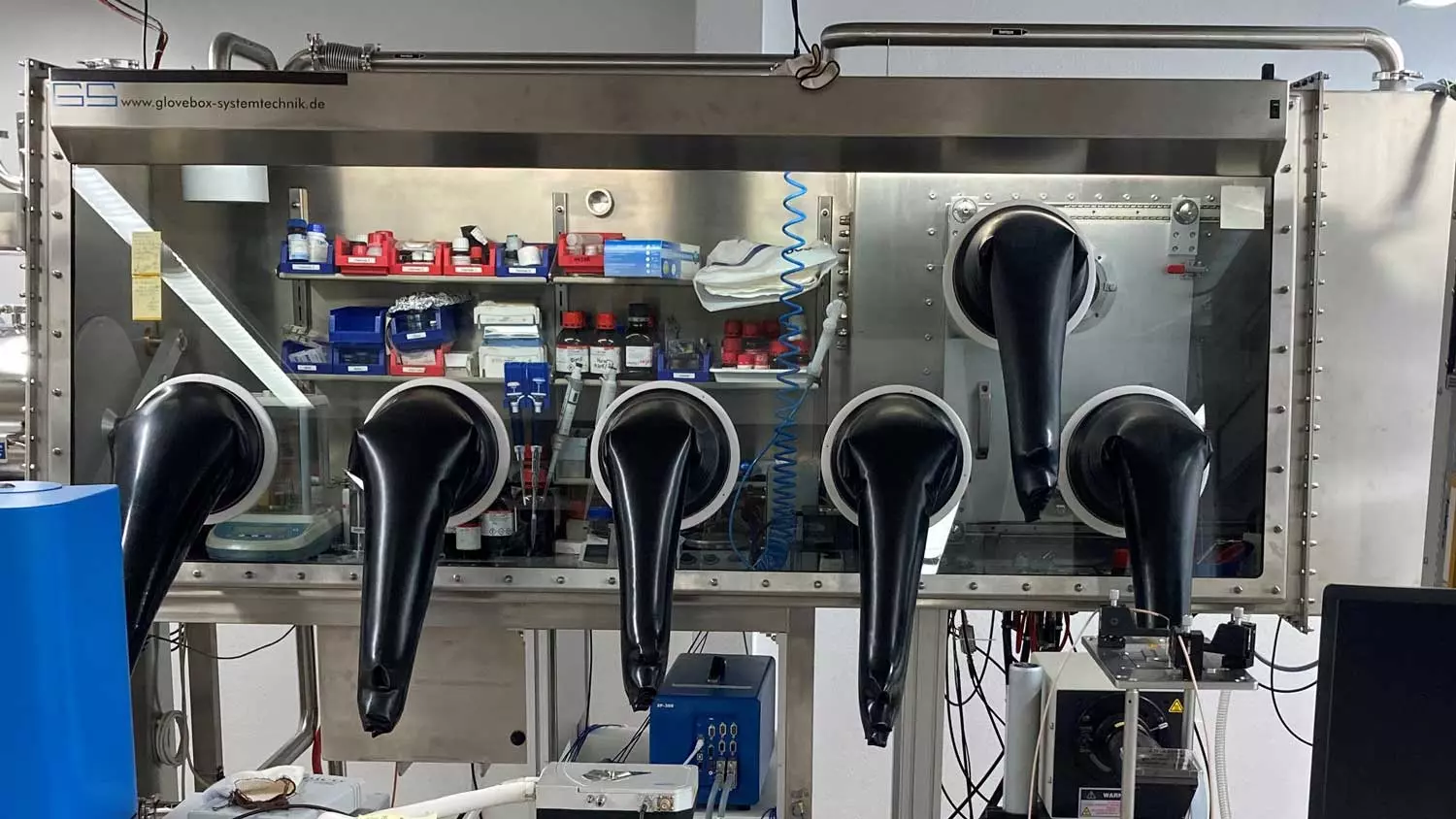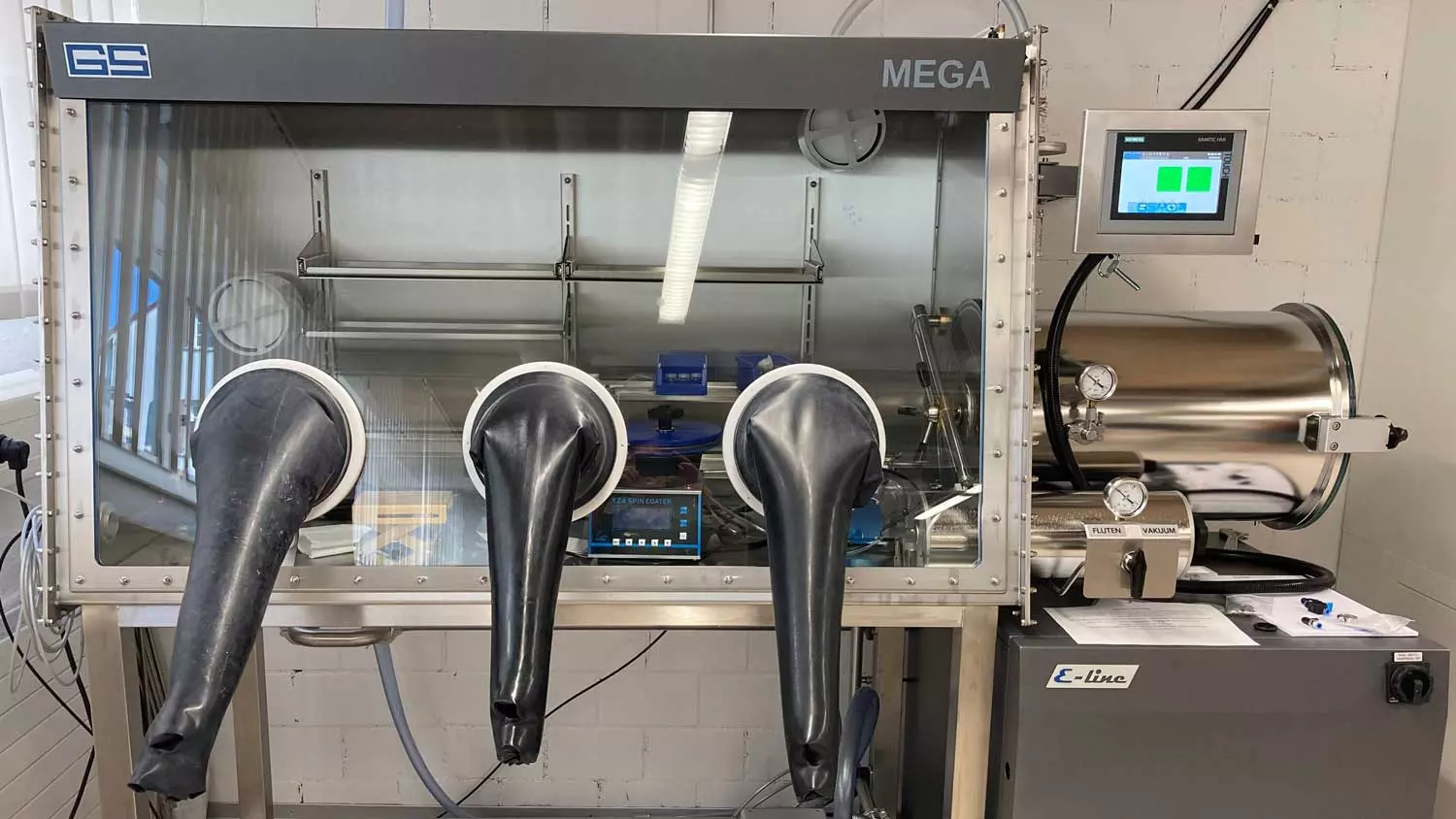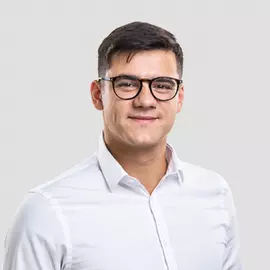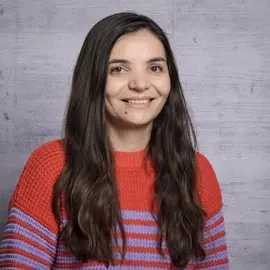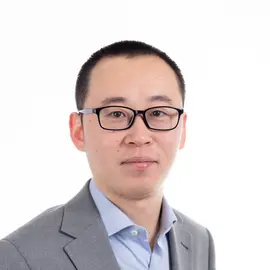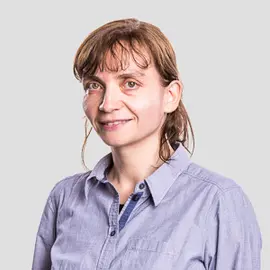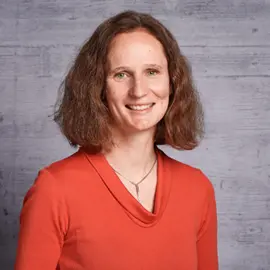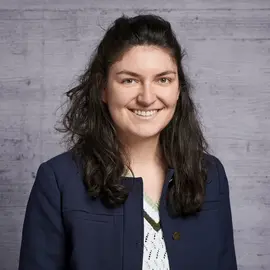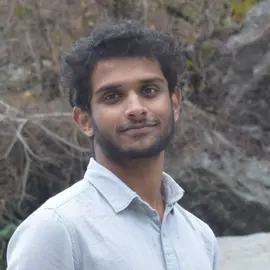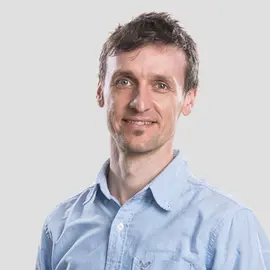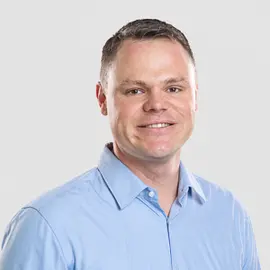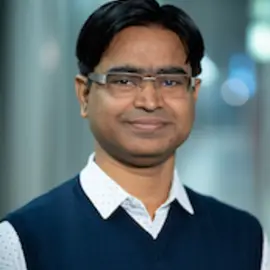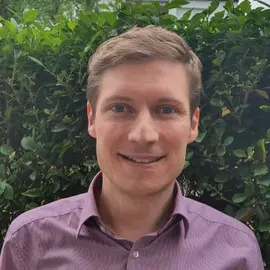Organic Electronics and Photovoltaics Group

After more than 30 years of R&D and commercialization efforts world-wide, we are now witnessing a wide range of OLED displays in consumer products ranging from mobile phones to 77-inch TVs.
Prof. Beat Ruhstaller, group leader
In the OEPHO group, we work with organic semiconductors and perovskite materials to develop better light-emitting diodes, solar cells and memristors. For this purpose, we maintain an extensive laboratory infrastructure, we develop computer models and use machine learning - and we operate one of the best terahertz spectrometer worldwide.
In the OEPHO group, we mainly deal with organic semiconductors. We create and use simulation software to better understand and predict the behavior of organic light-emitting diodes (OLEDs) and organic solar cells (OPVs). We also use modern methods such as physics-inspired neural networks (PINN) and machine learning (ML). In our in-house lab, we can also fabricate test structures and simple OLEDs and OPV cells. We also deal with measurement techniques and build new measurement devices, often in student projects. Organic crystals are also used in our ultra-wideband terahertz (THz) spectrometer to generate and detect THz waves. In addition to organic semiconductors, we also work with perovskite materials to fabricate, measure, simulate, and better understand solar cells and memristors to drive development at the forefront of cutting-edge research.
SimOEP conference
Laboratory infrastructure
In the OEPHO group, we maintain an extensive laboratory infrastructure for the fabrication and characterization of OLEDs, solar cells and memristors. The pictures show a selection of the equipment.
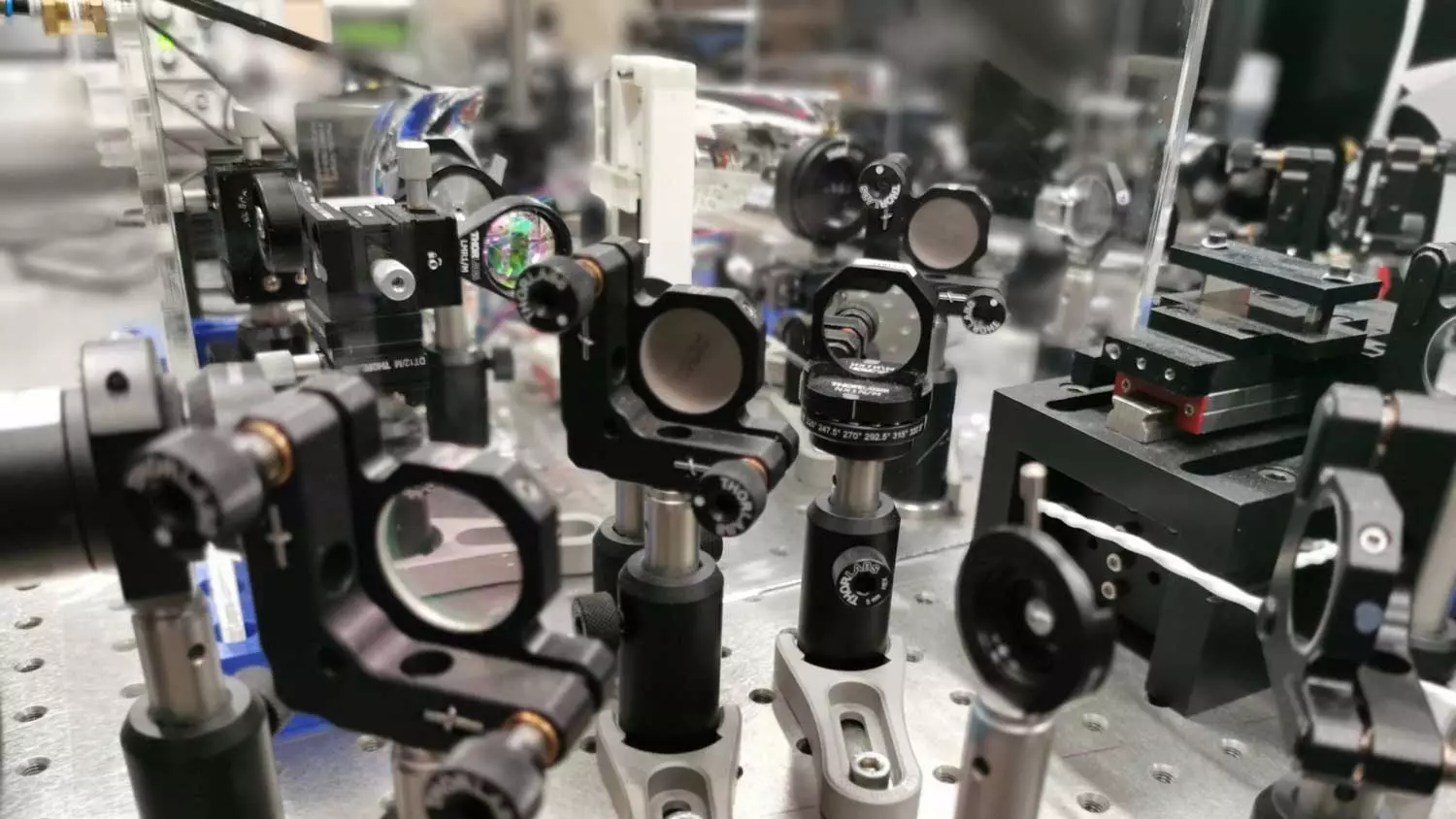
Custom-built THz spectroscopy & imaging system.
Two glove boxes for the fabrication and measurement of light emitting diodes, solar cells and memristors under nitrogen atmosphere or under exclusion of humidity.
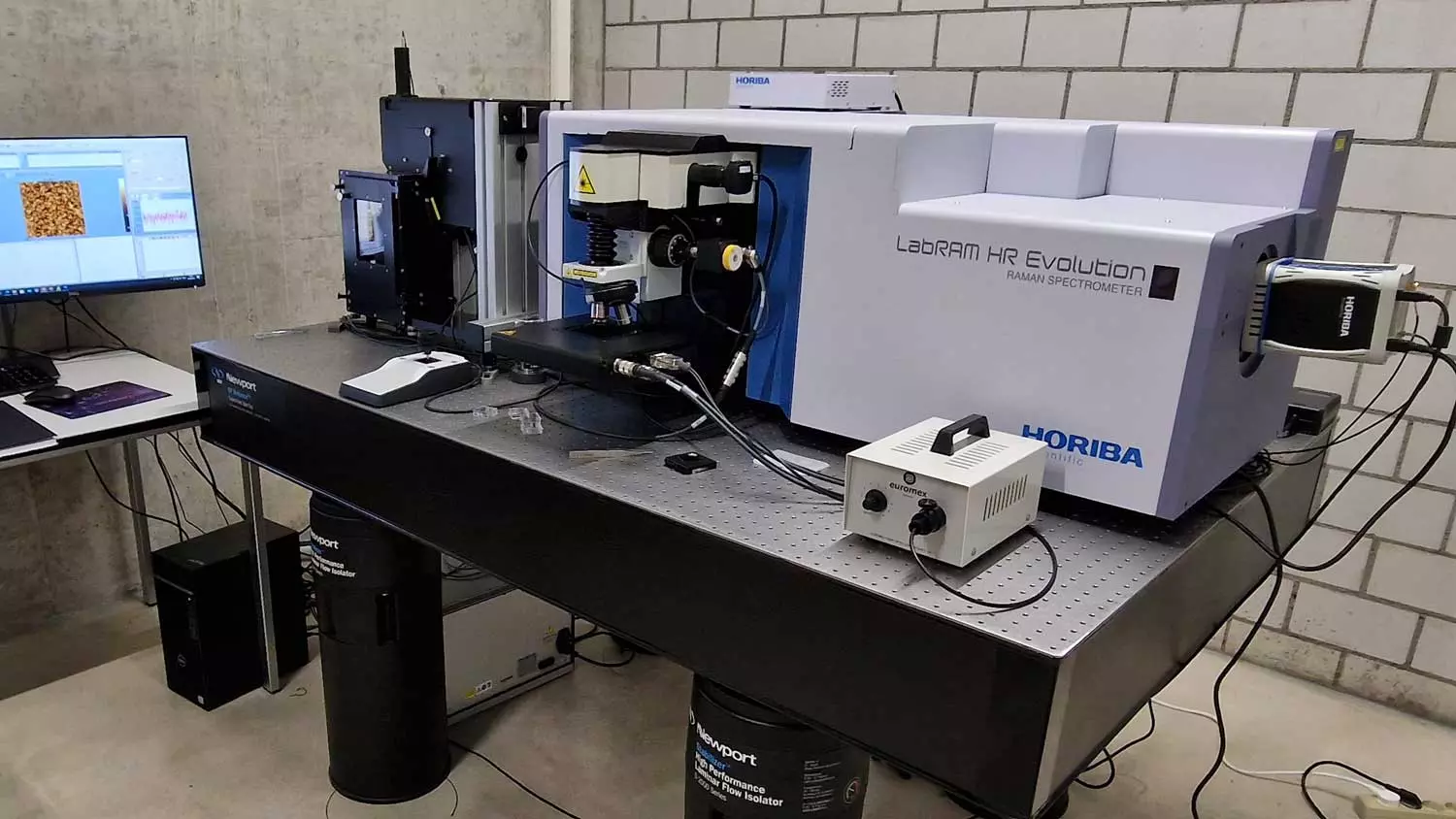
Atomic force microscope (AFM) with Raman spectrometer and Kelvin probe.
Teams in the OEPHO group
Physics-Informed Machine Learning Team
Projekte
Here is a short description of our projects.
New Tools for Characterizing Quantum-Dot Displays
Investigating Charge Transport in Organic Semiconductors with Electrochemical Methods and Modelling
Advanced Imaging and Machine Learning for PV Quality Assurance
All-Organic Gap-Free Terahertz Photonics
Dynamics of Charge Transfer States in Organic Semiconductor Devices
Education
In addition to research, OEPHO team members are actively involved in the teaching activities of the School of Engineering. We teach in various Bachelor's programs, in the Master's program and supervise project, Bachelor's and Master's theses, as well as doctoral theses.
Selected Bachelor's theses
Concept study of UV-LED based water disinfection units using flow and radiation simulations
Development of new features in the e-Exercises app with ASP.NET Blazor
A Web App for Teaching Physics with Gamification
Development and characterization of 3D skin tissue models with optical methods
Selected Master's theses
Optical Modelling of Quantum Dot Films for Display Applications
Read the article about the MSE Photonics profile:
There is a whole lot of untapped potential in my field of research
PhD theses in the OEPHO group
- Markus Regnat: Characterization and Modelling of the Emission Zone and Exciton Dynamics in Doped Organic Light-Emitting Diodes Summary(PDF 135,6 KB)
- Simon Züfle: Degradation Analysis and Parameter Extraction of Organic Semiconductor Devices Summary(PDF 139,0 KB)
- Evelyne Knapp: Numerical Methods for Comprehensive Characterization of Charge Transport in Organic Light-Emitting Devices Summary(PDF 123,0 KB)
- Thomas Lanz: Computational Modeling of Thin-Film Silicon Solar Cells and Modules Summary(PDF 193,7 KB)
OEPHO group members
Visiting scholars
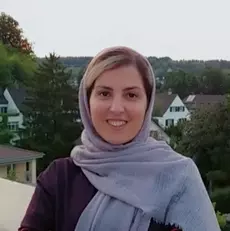
Nasim Kabir
Ph.D. student at University of Tehran
